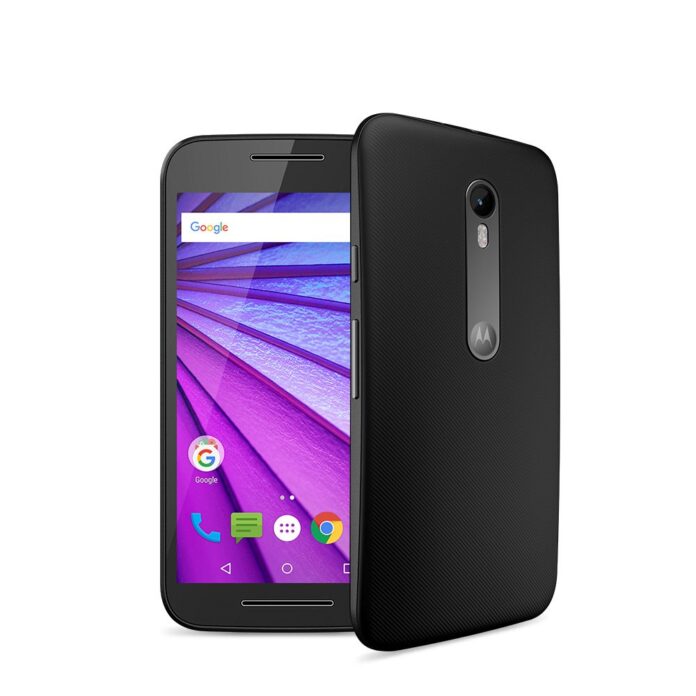Amazon.com is subsidizing two Android smartphones for its Prime customers. The latest Moto G from Motorola, expected to ship July 12, will sell for $150; and the Blu R1 HD will retail for $50. The phones will come pre-loaded with apps that will show customers advertising. The ads will promote products sold by Amazon and other retailers that sell through the online retailer.
The move marks a shift in Amazon’s smartphone strategy. In 2014, the company launched its own smartphone, the Amazon Fire. The phone worked only on the AT&T network. Software called Firefly used the phone’s rear facing camera to recognize images of more than 70 million objects. Those images could then be displayed on the phone’s screen, and of course the next step was an option to buy the item on Amazon, if possible.
But the Fire fizzled, and now Amazon is trying a new approach by putting its own software onto established Android devices. Like before, the company’s goal is to get more people to use smartphones that promote e-commerce on the Amazon site. The company is making it clear to customers that the subsidized phones come heavily loaded with advertising.
“The breakthrough pricing on unlocked smartphones is supported by personalized offers and ads, including deals and product recommendations, displayed on the phone’s lock screen,” Amazon wrote. “When a customer sees an offer, they can tap to learn more about it or simply unlock their phone to dismiss.”
The unlocked Prime Moto G will sell for $150 with 16 gigabytes of storage, or $180 with 32 GB of storage. Motorola, which was bought by Google for $12.5 billion in 2012, and then sold to Lenovo two years later for $2.91 billion, has continued to make well-reviewed Android smartphones. The Moto G phones were some of the first to support Wi-Fi calling.
For wireless carriers, unlocked phones purchased from third-party retailers present a challenge to business models that are increasingly tied to device sales. Most new device sales by carriers are now made through equipment installment plans, meaning customers pay for their devices over time. Most plans come with an option to upgrade to a new phone after a certain number of payments have been made.
Follow me on Twitter.

Amazon launches subsidized smartphones
ABOUT AUTHOR
